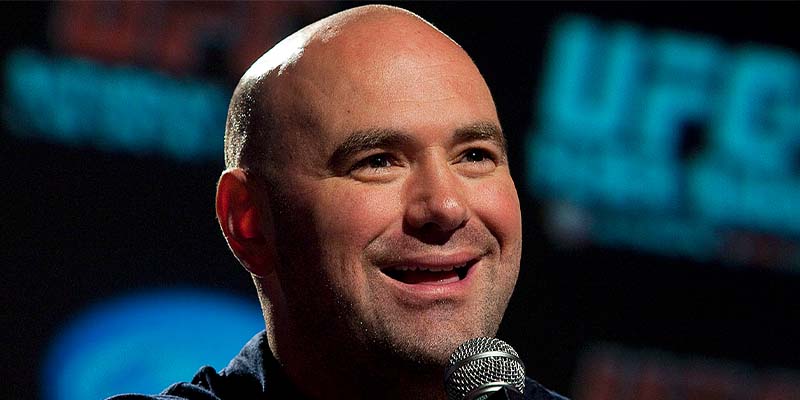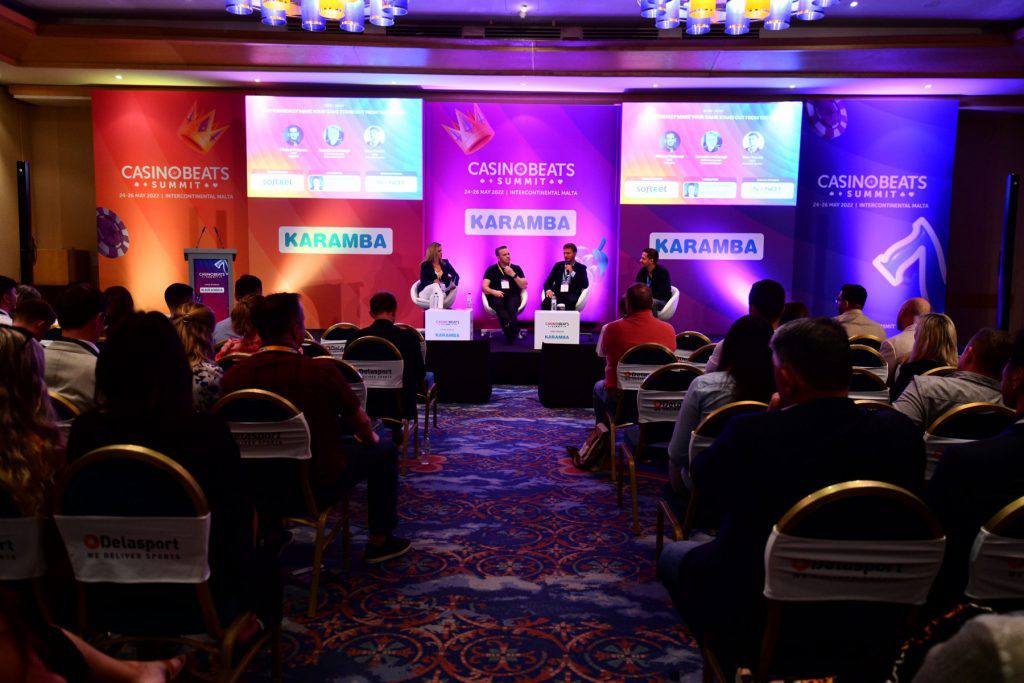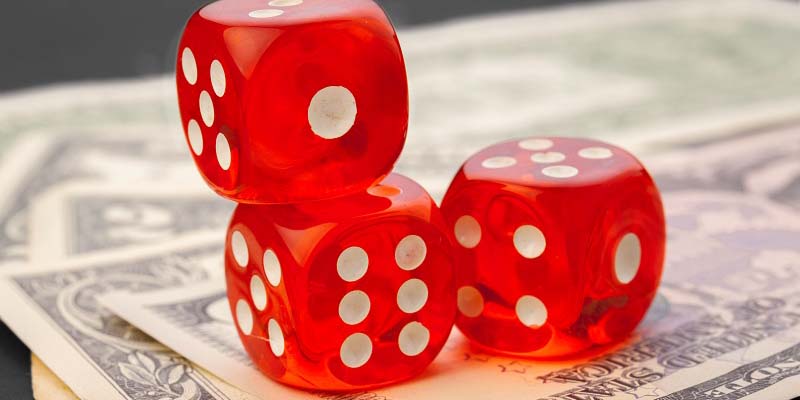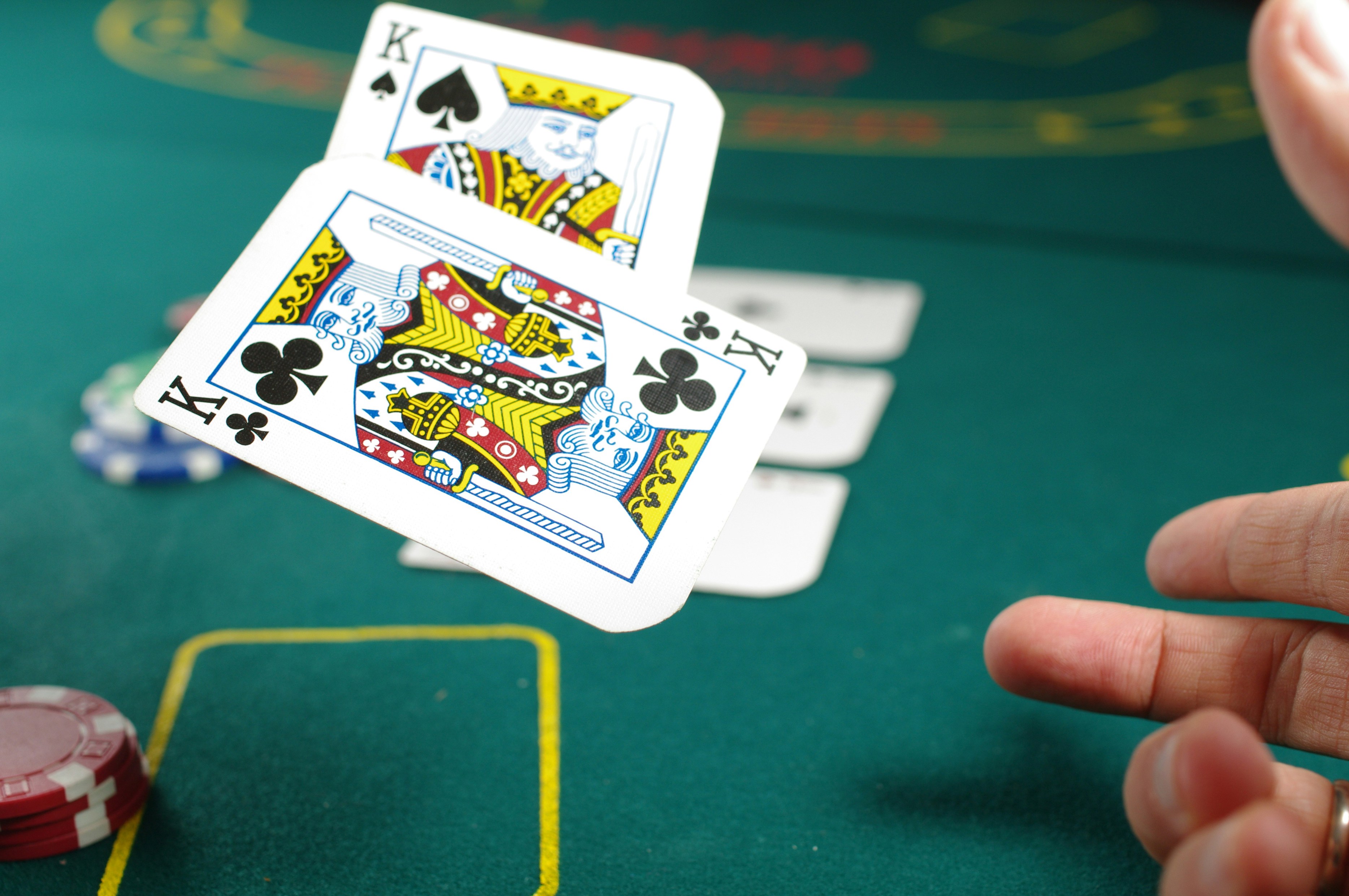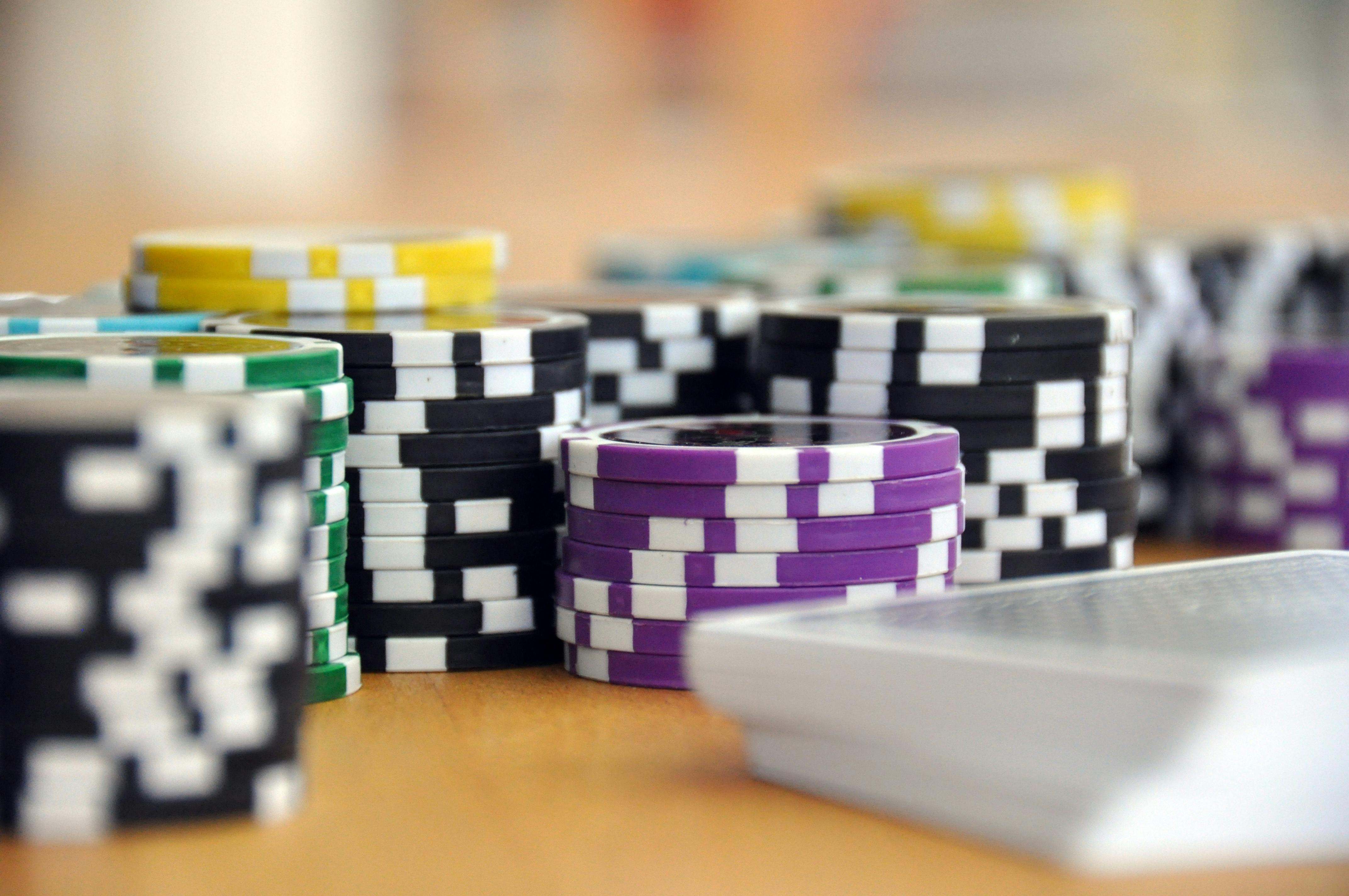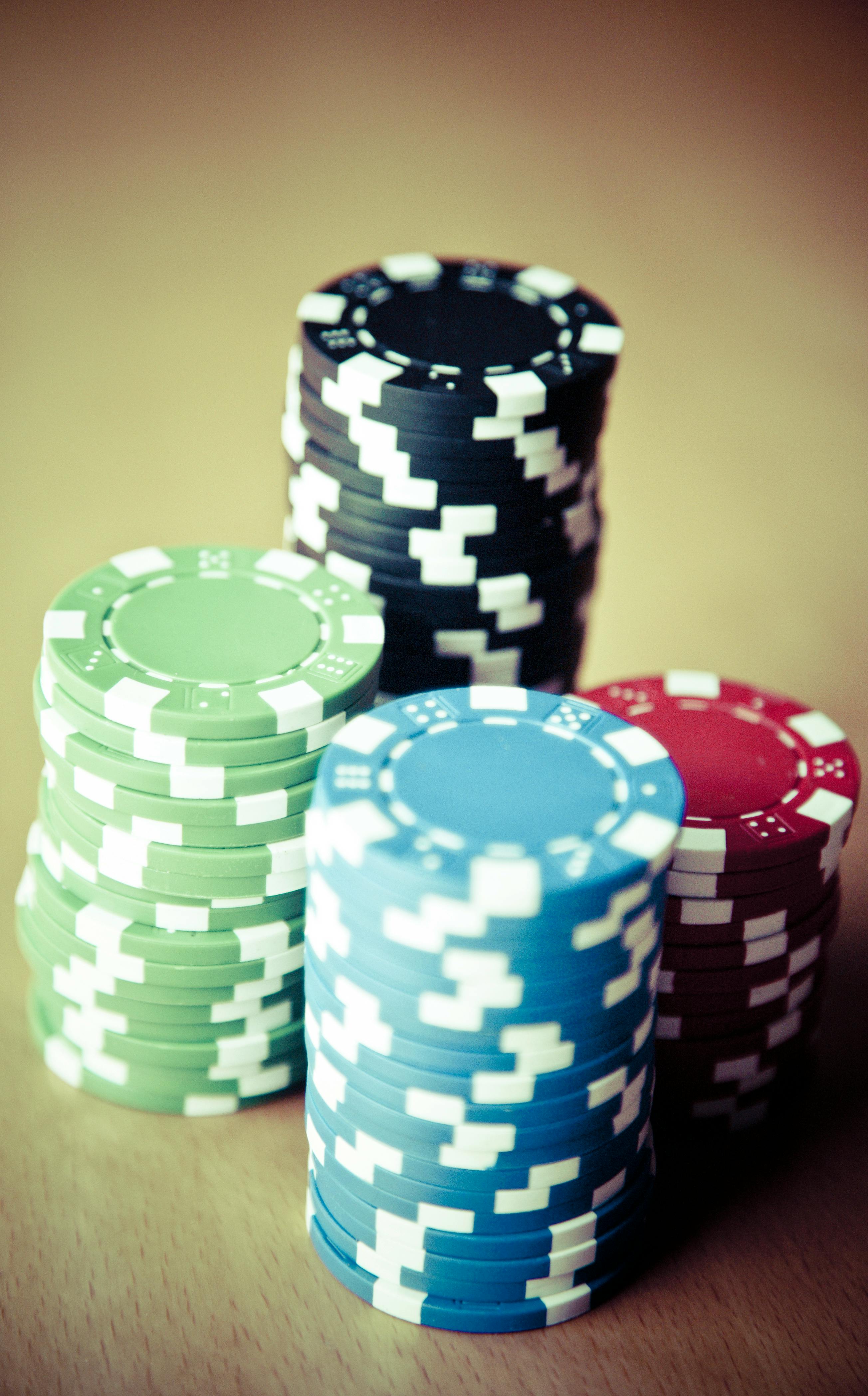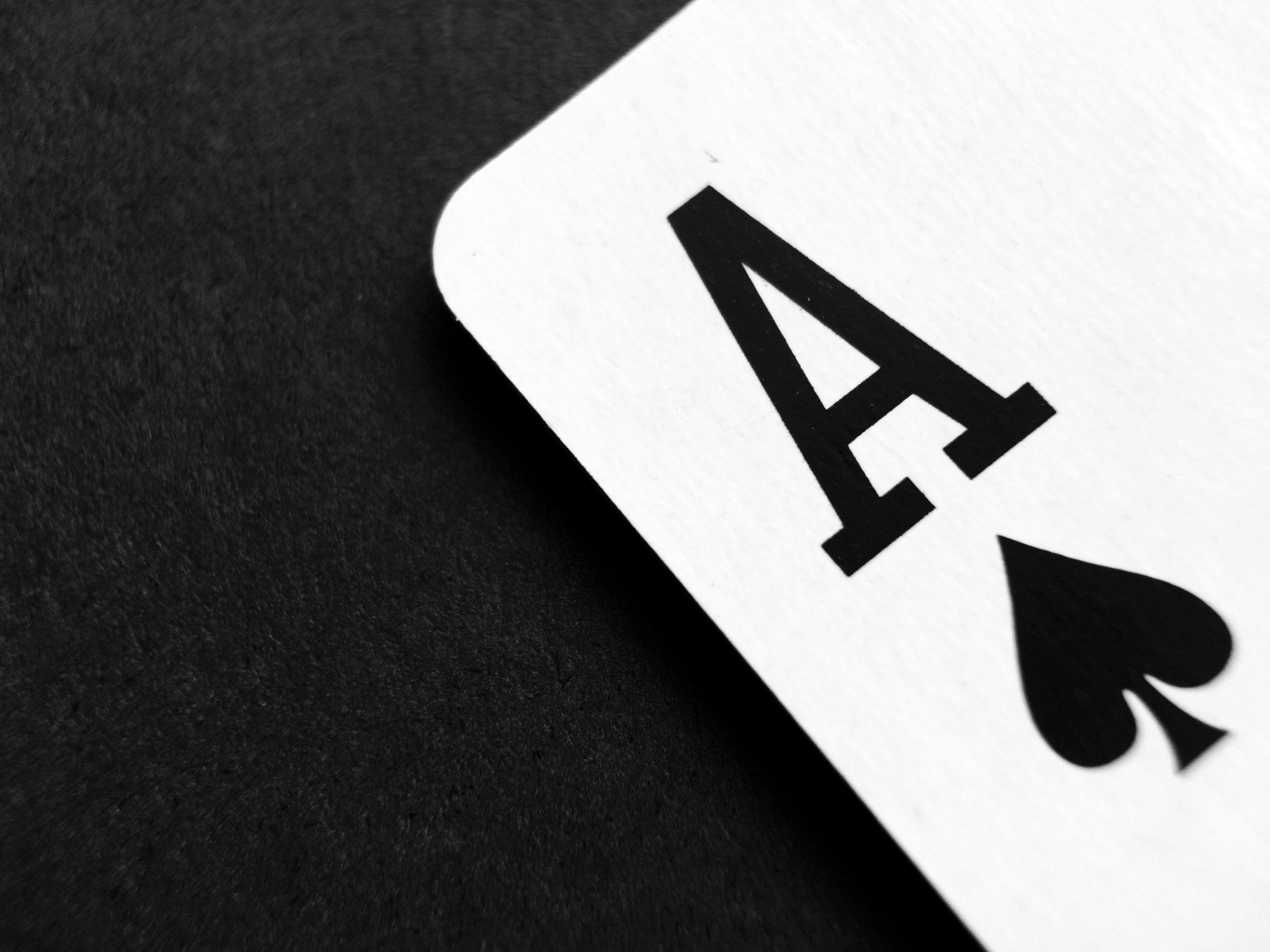Crash Games, Meme Coins, and the New Gambling Culture
Gambling has always been about excitement, anticipation, and the promise of a win just one heartbeat away. But as cryptocurrency and internet culture reshape the way we play, a new type of gambling culture has emerged, one that thrives on speed, simplicity, and viral energy.
Crash games like Aviator and Bustabit, combined with the wild unpredictability of meme coins, are creating an ecosystem that feels part game, part financial speculation, and part social phenomenon. They reflect how younger, digitally native audiences understand risk, reward, and community in the era of crypto memes and TikTok hype.
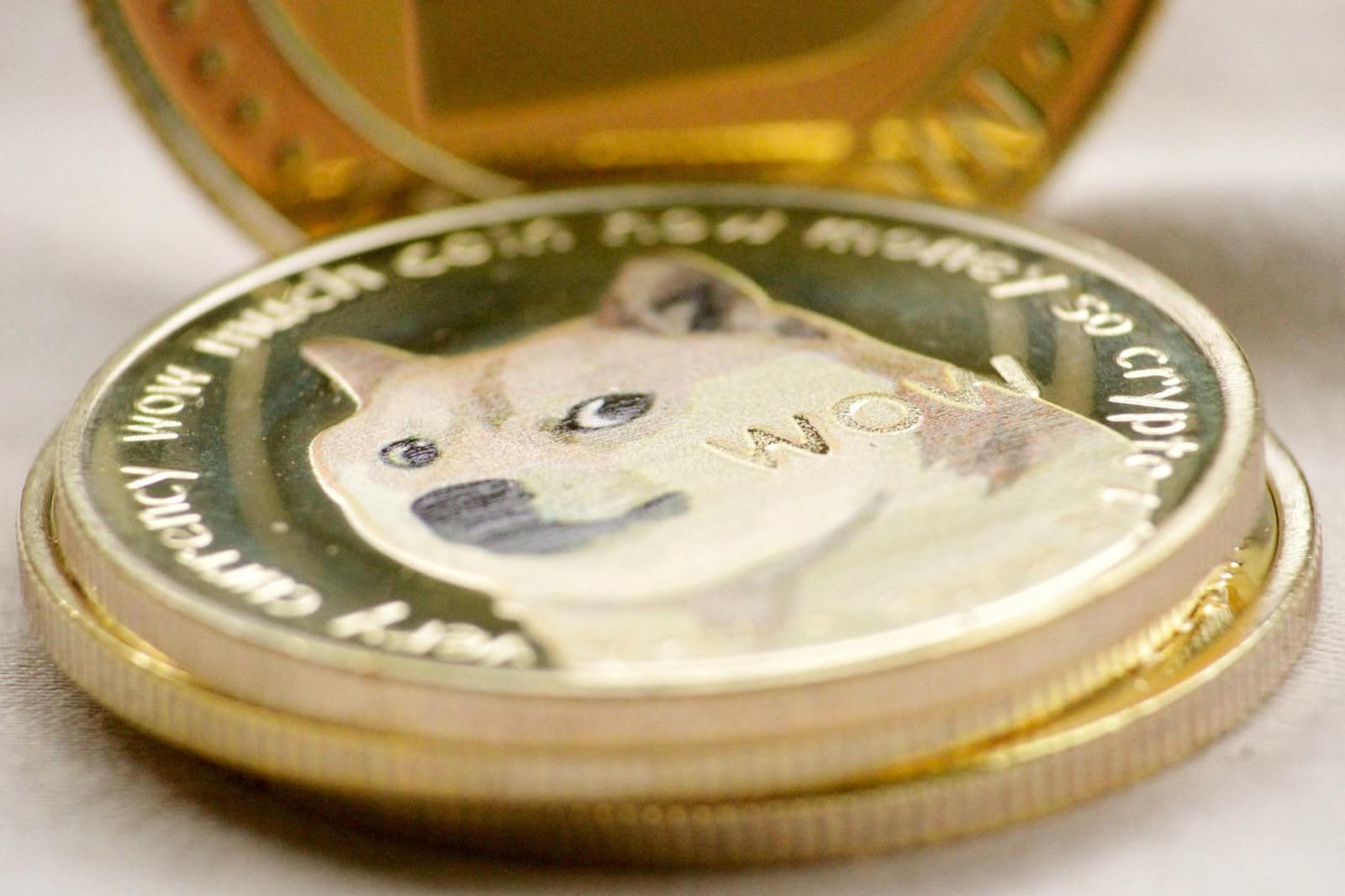
Why Crash Games Hook Crypto Users
Crash games like Aviator, Bustabit, and similar titles are simple in design but magnetic in their appeal. A multiplier starts to climb, and players must decide when to cash out before the line “crashes.” The tension builds second by second. Cash out too early, and you’ll feel like you missed out on bigger profits. Wait too long, and everything is gone in an instant.
Part of what makes these games resonate with crypto users is their natural fit with digital-first platforms. Most crash titles are browser-based, mobile-friendly, and designed for audiences comfortable with quick taps and instant feedback loops. And the psychology aligns neatly with the trading mindset: watch the chart, time the exit, beat the crowd.
This is where crypto gambling sites have leaned in positively, offering fast, transparent gameplay that feels modern compared to old-school online casinos. Once they integrated wallets, provably fair systems, and instant settlement, they’ve built trust among users who demand both speed and fairness. For many players, the attraction lies not just in the adrenaline rush but in knowing the system is auditable, and that’s something traditional casinos rarely provide. That sense of control, combined with high-volatility gameplay, makes crash games the perfect storm for digital thrill-seekers.
Meme Coins
Crash games stir the adrenaline. Meme coins stoke the hype. Together, they form a cultural ecosystem.
Look at the size of the meme coin universe. According to CoinGecko, the total market cap of meme coins is about US $81.4 billion (at time of reporting), with strong daily trading volumes. Other sources, like CoinCodex, place the meme coin sector at around $51.46 billion, representing roughly 1.54 % of the entire crypto market. And deeper analysis suggests that meme coin indices track billions in capital flows daily.
Earlier in the crypto cycle, meme coins reached astonishing significance: by late 2024, the meme coin sector reportedly hit $140 billion, at one point accounting for over 11 % of crypto market cap (excluding Bitcoin and Ethereum).
Within that space, the top meme coins (Dogecoin, Shiba Inu, Pepe, etc.) dominate. As of a recent Messari snapshot, Dogecoin had a market cap in the tens of billions, with Shiba Inu and Pepe following behind. The sheer scale means many players and speculators are no longer dabbling in meme coins–they’re making them central to their crypto playbooks.
Meme coins operate on a different logic than utility tokens: they thrive on community, humor, virality, and momentum. For gamblers, that makes them ideal companions for crash or high-risk platforms. A big spike in a meme coin can feel like a crash multiplier you didn’t cash out from—a shared narrative of wins and losses.
The Psychology Behind the New Gambling Culture
Numbers tell us scale. But psychology explains why crash games and meme coins resonate.
Gamers and crypto users share prior training in digital scarcity (rare skins, NFTs), risk cycles (loot boxes, DeFi yield), and herd dynamics (Discord and Reddit pump groups). Crash games and memes pull those threads tighter and more viscerally.
There’s variable reward at the core–a classic dopamine trigger. You don’t know when the multiplier will collapse. You don’t know how far Pepe or Dogecoin will go in 10 minutes. That unpredictability keeps attention locked.
Then there’s social proof and FOMO. Streaming a big win, seeing others post multiplier exits, retweeting memed screenshots, it all triggers urgency. “If they cashed out at 50x, why am I at 10x?” The pressure is communal.
Digital comfort also plays a role. For many users, a wallet balance is just another number. The emotional distance from “fiat cash” softens pain of losses, while gains still feel real. In fact, some behavioral studies suggest digital money feels less immediately painful to lose, at least psychologically.
Together, these levers create a strong feedback loop: hype drives action, action drives community content, content fuels more hype.
Aviator, Bustabit, and the Social Side of Risk
What makes Aviator and Bustabit stand out from traditional casino games is the mechanics and the social layer both. Both games are designed to be played with others watching the same multiplier climb. Chat windows buzz with players announcing cash-outs or groaning when the line crashes early.
This communal tension builds a sense of collective experience. It’s closer to esports than to solitary slot play. The simplicity of the mechanic makes it accessible, while the live environment makes it social.
In many ways, these games are gambling for the Twitch generation. They’re easy to stream, fun to watch, and suspenseful in a way that’s shareable. The interaction is with the game and with the people playing alongside you. That shared tension keeps players coming back.
Meme Culture as the Fuel
Crash games might be the spark, but meme culture is the gasoline. Internet culture thrives on exaggeration, inside jokes, and viral replication. Meme coins embody this, with Shiba Inu’s mascot or Pepe’s cartoon frog acting as rallying points for millions of investors who want in on the joke.
And jokes are powerful motivators. A coin with no fundamentals but a funny logo can still mobilize billions in market cap if the meme is strong enough.
The same goes for crash games. Half the fun is the memes that follow a big multiplier or a crushing loss. Clips go viral, chat screenshots circulate, and players share “should have cashed out” stories that fuel the next round.
In this way, memes don’t just decorate gambling culture–they are the culture. They set the tone, attract communities, and define what’s “cool” to participate in. Without meme energy, both crash games and meme coins would struggle to resonate with such intensity.
Speculation and Play
One of the most interesting aspects of this new gambling culture is how it blurs the line between investment and entertainment. Buying into a meme coin often feels less like traditional investing and more like buying a ticket to a community game. Similarly, playing crash games feels less like wagering against a house and more like participating in a collective, live event.
This overlap explains why many crypto users treat meme coins and crash games interchangeably. Both are about riding waves of hype, timing exits, and enjoying the spectacle along the way.
Risks and Criticism
Of course, not everyone sees this culture in a positive light. Critics argue that crash games exploit psychological vulnerabilities and that meme coins are nothing more than pump-and-dump schemes dressed up in humor. Regulators have also started paying closer attention.
In the U.K., the Gambling Commission has investigated certain crash-style platforms for compliance. In the U.S., meme coin promotions have drawn scrutiny from the SEC. And consumer advocates warn that the gamification of finance could create a new wave of problem gambling, particularly among younger users raised on digital-first entertainment.
The challenge lies in balancing innovation and protection. Fans argue that crash games and meme coins represent creativity and freedom in digital economies. Skeptics see them as high-risk products that blur lines to the detriment of consumers.
The Future of Digital Gambling Culture
Despite the risks, it’s clear this new culture isn’t going away. The combination of crash games, meme-driven speculation, and crypto-native communities has struck a chord with millions.
Developers are already experimenting with hybrid models. Those are crash games that integrate NFTs, meme coins tied to real-world events, and decentralized platforms where players collectively govern the rules. At the same time, mainstream casinos and sportsbooks are beginning to take notice. Now they’re integrating crash mechanics into their offerings or creating partnerships with crypto projects.
If history is any guide, what starts as a fringe experiment often finds its way into the mainstream. Crash games and meme coins may eventually influence how traditional casinos design their experiences, or how financial apps gamify their interfaces.
The Meme-ified Casino of Tomorrow
Crash games and meme coins are signals of a cultural shift in how people engage with risk, reward, and community. They blend gaming psychology, internet humor, and financial speculation into something new: a gambling culture that’s fast, social, and meme-fueled.
For crypto users, they represent the perfect storm of digital comfort, community hype, and high-volatility thrills. For critics, they’re a warning sign about the dangers of gamifying finance. But either way, their impact is undeniable.
As the line between gaming, gambling, and investing continues to blur, one thing is certain: the future of online entertainment will be just as much about memes and multipliers as it is about dice and decks.


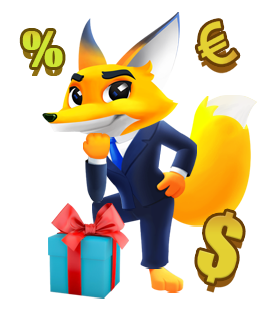

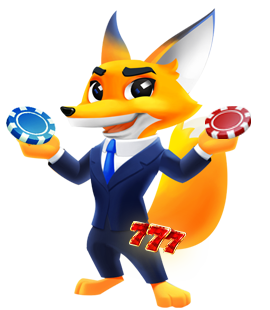


.png)
